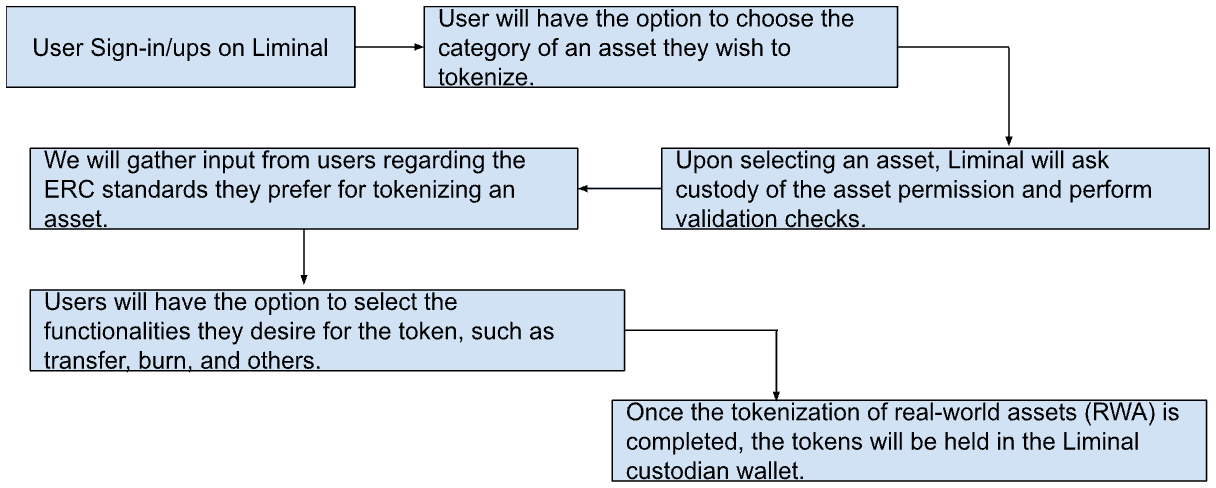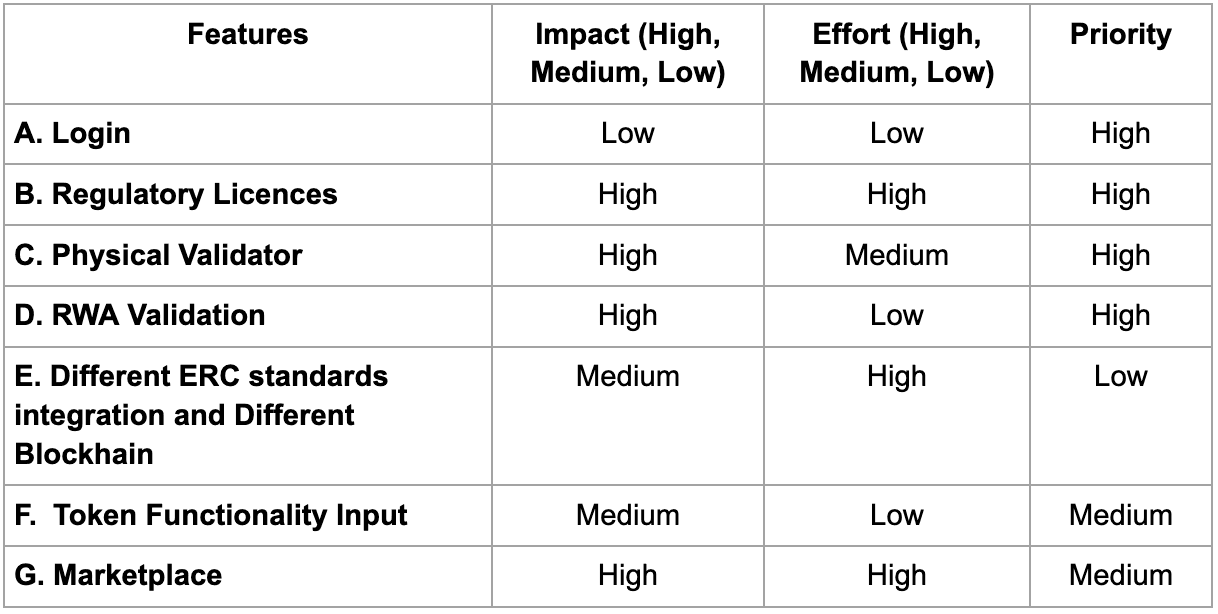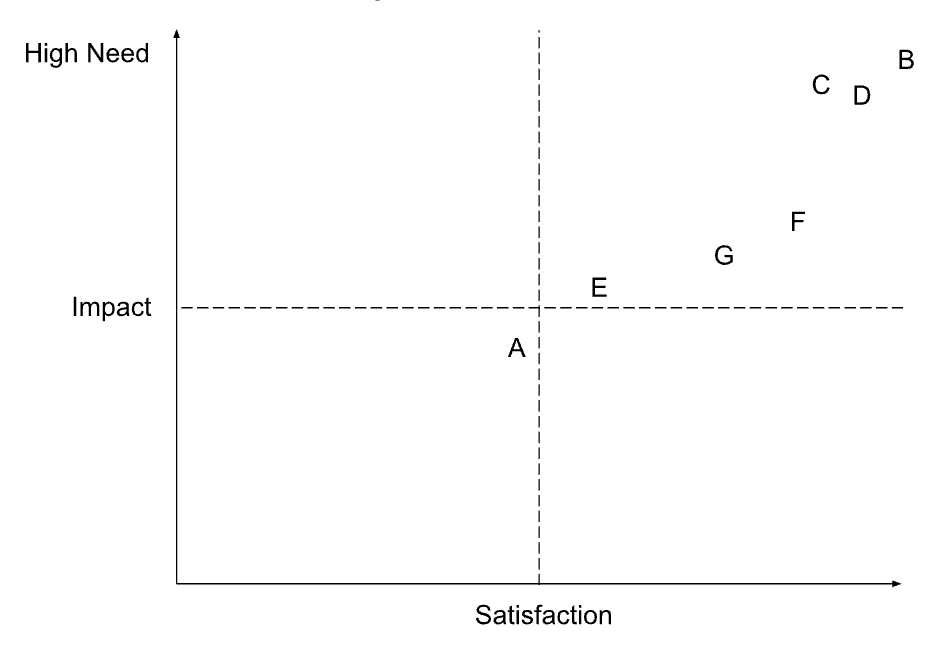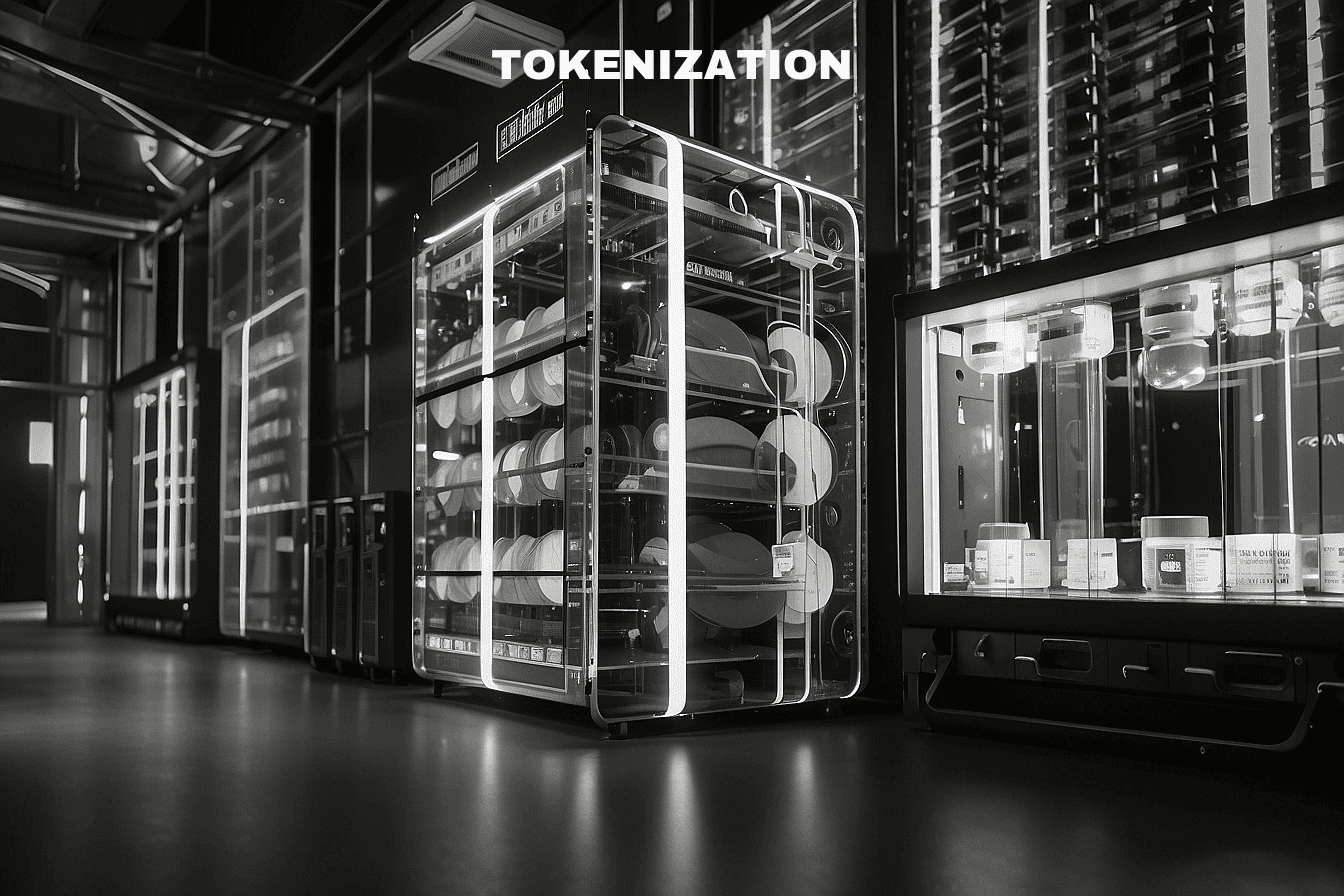Tokenization - Converting Real World Assets Into Tokens
Mar 11, 2024
Objective
Create a tokenization feature that allows users to tokenize assets with advanced options, including setting total supply, divisibility, and other unique attributes.
Why are we doing this?
Our challenge lies with users who own assets but face difficulties selling them due to buyers' limited purchasing power. Current regulations and compliance requirements hinder the easy and timely sale of fractional asset portions. Moreover, dividing certain assets may not be feasible.
Considering the above statement pain points will be:-
Pain Points
Limited Market Liquidity
Users struggle to find buyers for their assets, leading to market illiquidity.
Fractional Ownership Barriers
Asset owners face difficulties or are unable to divide their assets, hindering fractional ownership.
High Entry Barriers
Fractional ownership often requires a substantial minimum investment, limiting market accessibility.
Intermediary Fees
Intermediaries charge high commissions, reducing profits for owners and buyers.
Physical Asset Constraints
Physical asset ownership restricts market access for owners. (Demographic challenges)
User Story
Meet Charles, a landowner in the upscale neighborhoods of London. He's got a prime piece of land valued at around 10 million USD, but here's the catch - he's struggling to find a buyer with enough cash on hand. This makes it tough for him to sell his land and get his hands on some money when he needs it. Charles has had the idea of selling his land in smaller bits, but it's a bit of a headache due to all the rules and taxes involved. On top of that, he's got these property dealers in the mix who want a cut of 5% if they manage to sell his land. To make matters worse, Charles is doing all this the old-fashioned way, meeting buyers in person, which means he's missing out on reaching a wider audience.
Intrinsic Motivation
Charles needs urgent cash.
Charles wants his land to be sold ASAP
Charles is ready to sell his lands in fractions.
Extrinsic Motivation
Charles is willing to pay a generous 5% commission to the property dealer. To close this deal ASAP.
Charles is open to selling his land to anyone, regardless of their location.
Assumption
We operate under full regulatory compliance, holding all essential licenses required for our operations. Additionally, we serve as the physical validator.
Under our regulatory compliance, we possess licensed credentials in the United Kingdom, America, and India. This enables us to tokenize real-world assets located within these jurisdictions. Moreover, our platform allows for the tokenization of native assets globally, following thorough verification procedures.
High-Level Solution

Features And Functionalities
Sign In or Up
To tokenize any RWA or native asset, users must first create an account or sign in to the Liminal platform.
Writing Smart Contract
We need to develop a smart contract that will be triggered each time a new token needs to be minted, assigning it a unique asset ID. Considering our support for various ERC standards, separate smart contracts will be created to comply with each standard.
Selection of an Asset
Upon logging into the Liminal platform, users select the asset they wish to tokenize. They then provide details about the asset.
Details of an asset
We require details about the asset the user wishes to tokenize to recommend the most suitable ERC standard for user asset tokenization.
Asset under custody (Validation Process)
The user is required to transfer the asset to a transitional custody vault, where we will conduct validation to confirm its authenticity.
For land assets, in addition to the documentation, one of our employees will physically visit the property to verify its existence.
Please note that although we collect data for token creation upfront, the process will only be initiated after the asset validation is completed.
If the Asset is verified
The user will be notified his asset is verified and he can mint his tokens.
If the Asset verification is rejected
Users will be notified if their asset verification is rejected during due diligence, along with the reason for rejection. They can then attempt to re-submit their asset.
Selection for an ERC standard for tokenization.
Based on the type of asset the user intends to tokenize, we will suggest the most suitable ERC standard for their specific use case. Our platform supports the tokenization of assets utilizing the recommended ERC standards.
ERC20
ERC721
ERC3643
ERC1155
ERC404
User Inputs on token functionalities
Token Name
A name given to a digital asset representing ownership or utility in a blockchain ecosystem
Symbol
A shorthand representation used to identify a specific token within a blockchain network, often abbreviated to a few characters.
Token Image
An optional visual representation associated with a token, sometimes used for branding or identification purposes.
Decimals
The number of decimal places used in representing fractions of a token. For example, if a token has 18 decimals, it means it can be divided into 10^18 parts.
Tokenomics (Excluding ERC721)
Total number of tokens (Supply) that should be generated. Those who own a token will be the fractional owners of that asset.
Burn Functionality
The token owner can burn the token and create deflation.
Transfer Functionality
The User can transfer tokens if he wants.
Tokens Minting Process
Upon providing inputs for the token functionality and asset verification, the user will be presented with the option to mint the tokens.
Upon selecting the minting option, the user will be directed to their wallet interface, where they will be prompted to pay the gas fee for token minting. Once the gas fee is paid, the tokens will be transferred to the provided wallet address.
Technical Consideration and Security Measures
As per the standard and connecting with other DApps in the future Ethereum blockchain will be compatible considering the regular updates, scalability, and better integration.
Regular security audits should happen quarterly which ensures to identification of the vulnerabilities and also recommends ways to fix them.
We will be using a string encryption algorithm and will be adopting format-preserving encryption in this way tokenized data will be maintained in the same structure and data type as the original.
For verification, we will be using PKI (public key infrastructure) which involves the use of certificates to encrypt and decrypt data. It's a secure method for managing digital certificates and provides a way to verify the identity of entities.
KYC/AML Procedures: Implementing robust KYC and AML procedures is essential for preventing fraud and ensuring compliance with financial regulations.
Wireframes
Link 👉🏻 https://whimsical.com/9PPbJL8cawQ5x1i887KMQv
Metrics to Tracks
North Star Metrics - Total Value Tokenized
Compliance Metrics
Regular security checks and audits
Token Adoption Rate
Roadmap
Impact Vs Satisfaction

Impact Vs Satisfaction Graph

T-Shirt Sizing Model For an MVP
We will be applying the T-Shirt Sizing Method to develop an MVP. In T-shirt sizing, we will be considering a sprint of a week and an increase in size represents an increase in no. of sprints Eg.
XS - 1-week Sprint
S - 2-week Sprint
M - 3-week Sprint
L - 4-week Sprint
XL - 5-week Sprint
2XL - 6-week Sprint
Note - As for the initial MVP stage we will only be tokenizing assets on the ERC3643 standards.


External Factors which can hamper the Roadmap
Regulations
Irregular security audits
Not actively testing
Post MVP plan
Beyond tokenization, we aim to develop a marketplace where users can list and trade their tokenized assets. This platform will provide a seamless environment for users to engage in asset trading, facilitating liquidity and enhancing accessibility to a diverse range of assets.


